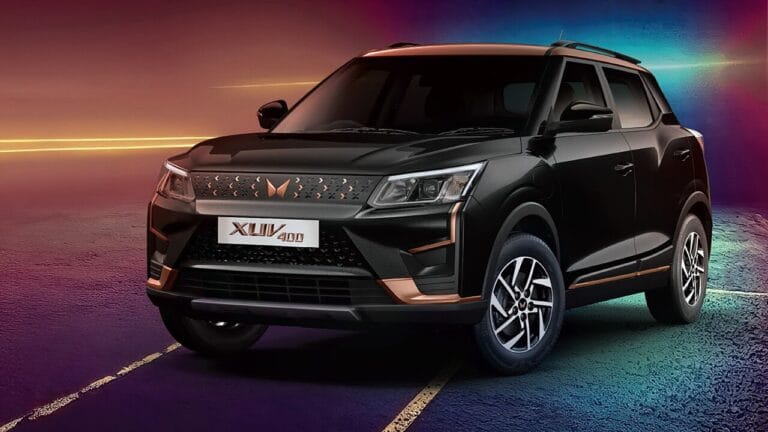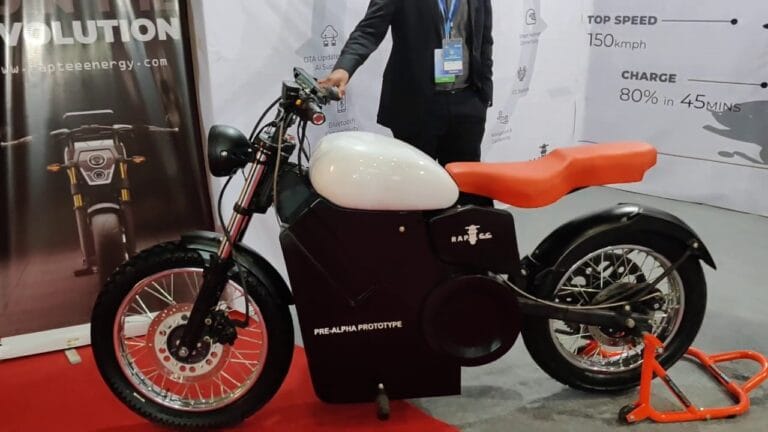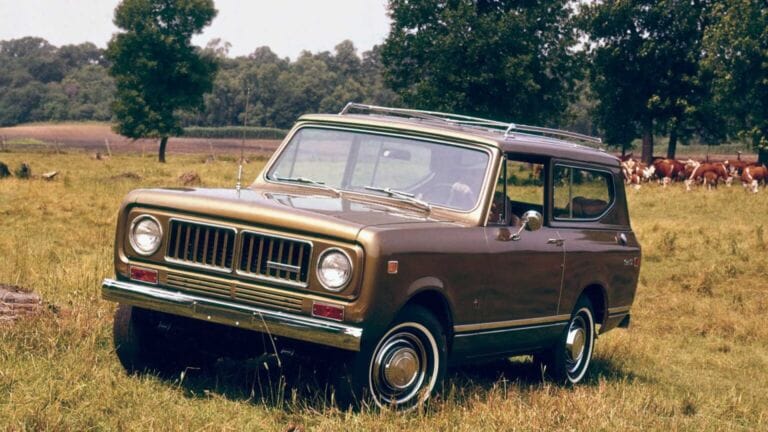
Quantino 25 – Innovative Electric Sports Car with 2000km Range Without a Battery
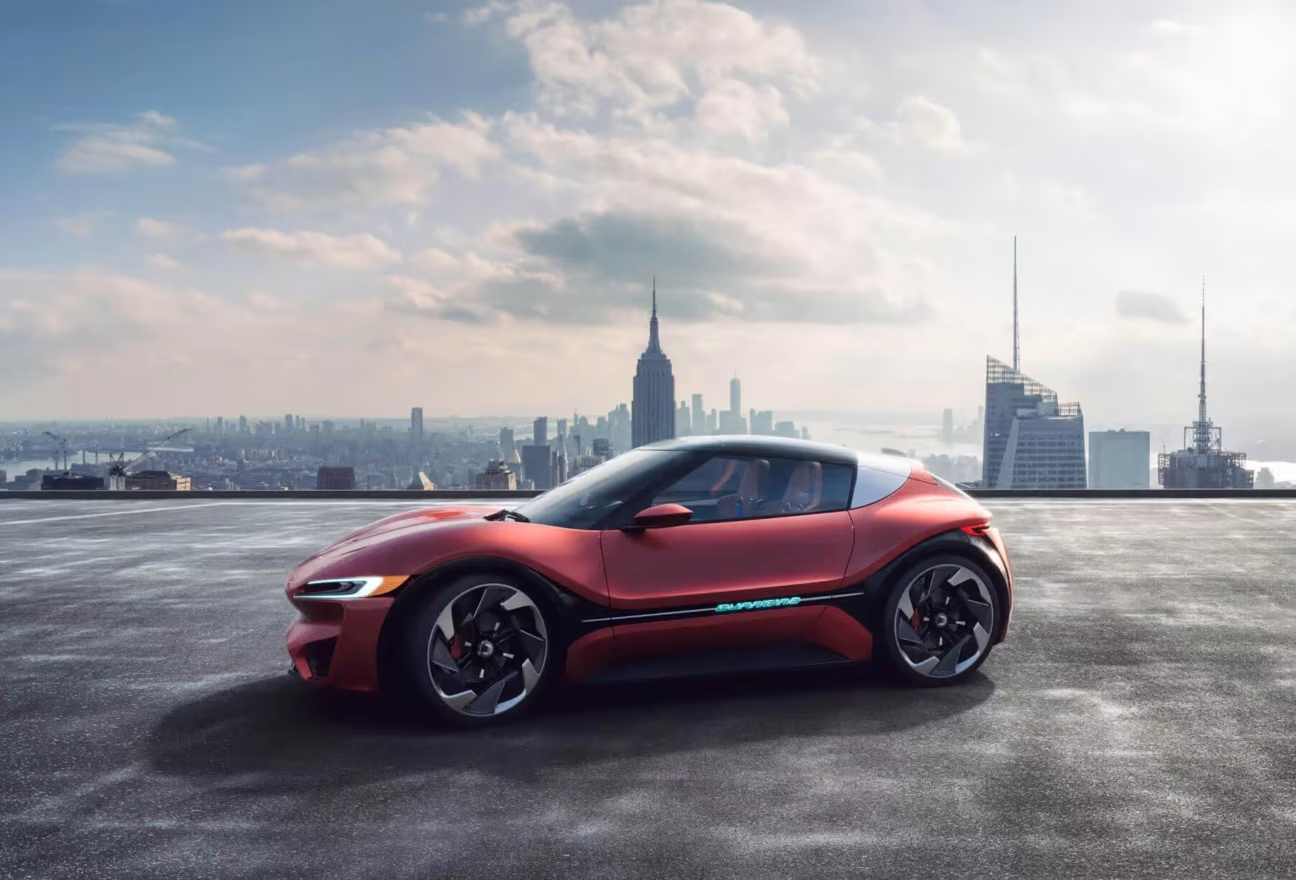
Table of Contents
The Quantino 25 is a special kind of electric car that doesn’t need a traditional battery to run. Instead, it uses a unique liquid fuel called bi-ION, which gives it an amazing driving range of up to 2,000 km before needing a refill.
It has four small electric motors that work together to make the car powerful and fast, going from 0 to 100 km/h in just a few seconds.
Designed as a cool and sporty roadster with a removable roof, the Quantino 25 is not just fun to drive.
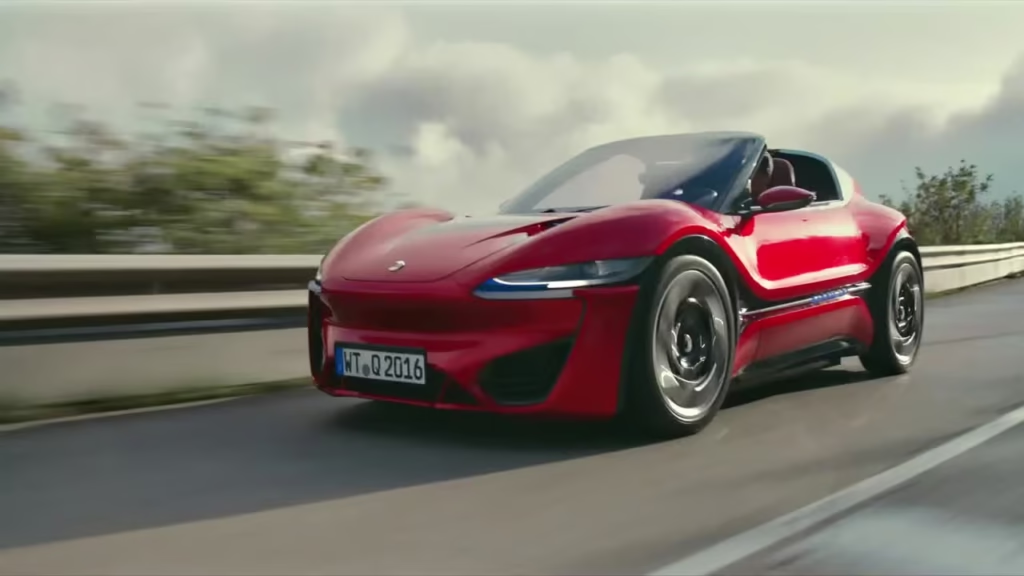
It’s also an eco-friendly car that helps the planet by using clean and sustainable energy
Quantino 25, a product of nanoFlowcell Holdings’ automotive R&D, demonstrates innovative power and perfection of electric automotive vehicle technology. The electric car is a sneak peek into the future of electric mobility.
It is environmentally compatible as it is less toxic than petrol and doesn’t need excessive charging station infrastructure. It is yet powerful and efficient.
nanoFlowcell® technology is an advanced energy storage and power generation system that works like a flow batterybut is much more efficient and environmentally friendly.
Nanoflowcell technology is making its way into the aircraft industry as well. It will be an alternative onboard power source to lithium-ion batteries. The tech can quickly power trains, boats, satellites, or even your home.
But one thing that could be game-changing is the cost of the technology. It just takes 10 cents per litre to produce.
How is QUANTiNO 25 different from other electric vehicles?
We agree that the automotive industry is filled with electric vehicles. So what is different?
Other electric vehicle makers utilize existing electric kits and battery models, which are readily available in the industry.
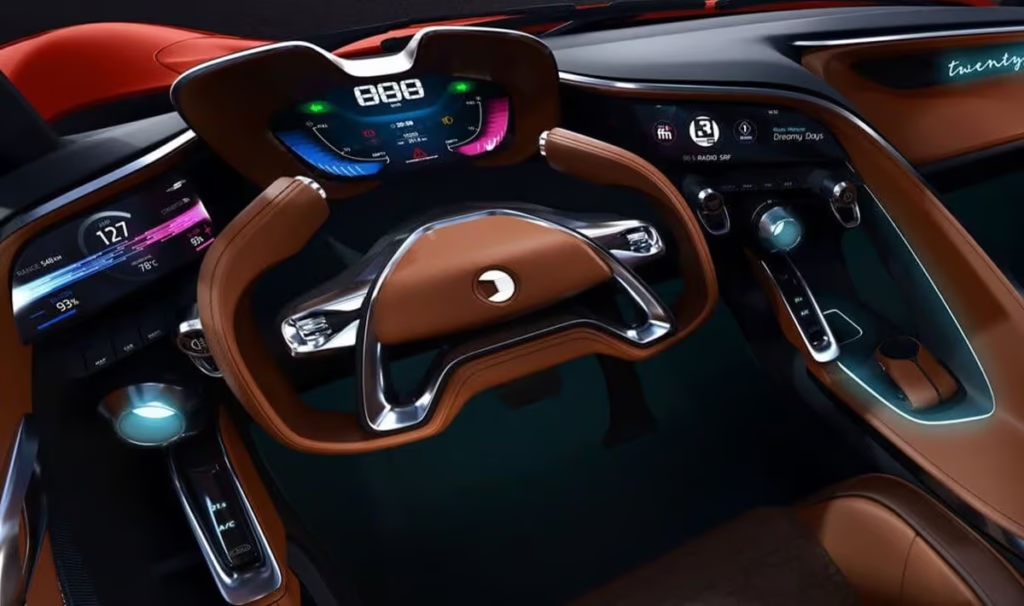
For starters, the car is made from scratch. Yes, even the screws are different. It doesn’t include any carry-over parts because they did not fit with the prototype and designs.
Also, the biofuel, bi-ION with which the QUANTiNO 25 car operates, is made in the laboratory.
Even the low-voltage electric motors and their power electronics with flowcells are built to harmonize and calibrate all of these components individually.
All the hardships are being done because the company wants a genuine alternative to electric cars as well.
The company is invariably fixated on bridging the three gaps. It is environmental compatibility, day-to-day practicality (in terms of range and comfort), and inherent safety.
And the nanoflowcell has achieved all the goals with QUANTiNO 25. They needed 10 years of research and development to pursue their path of independent development
The technology of the biofuel & Quantino 25.
The Quantino 25 is powered by four low-voltage electric motors, each producing 60 kW (80 bhp), delivering a combined 320 bhp.
This setup allows the car to reach a top speed of 125 mph and accelerate from 0 to 62 mph in under three seconds, making it significantly faster than the earlier 136 bhp QUANTiNO prototype.

Quantino 25 uses a biofuel flow cell to generate power within the car. It means instead of plugging the vehicle into a charger.
All you have to do is fill its twin 125-litre, onboard tanks with ‘two ionic liquids.’
The bi-ION electrolyte solution consists of water-based fluids containing both organic and inorganic salts, making it a clean and sustainable energy source.
Unlike traditional batteries, it does not degrade over time, eliminating concerns about battery lifespan and disposal.
Fun Fact: While flow cell technology was explored in the 1970s (including by NASA), it was previously limited by low energy density. However, after over 16 years of development, nanoFlowcell’s chief technology officer, Nunzio La Vecchia, has significantly improved its efficiency.
But nanoFlowcell’s enigmatic and enthusiastic chief technical officer, Nunzio la Vecchia’s spent 16 years of his work on chemistry has yielded the necessary breakthrough.
It easily beats lithium-ion battery’s storage capacity.
A lightweight and high-performance alternative for electric vehicles.
How does Quantino 25 work?
One batch of ‘bi-Ion‘ fluid holds a positive charge, and the other holds a negative charge.
Now, the car pumps these two liquids through a special membrane inside the nanoFlowcell unit, where ions interact and generate an electric charge to power the motors.
After passing through the system, it becomes depleted electrolyte and must be replaced with fresh bi-ION® fuel when refueling.
The process is similar to how a fuel cell operates, but with a flowing liquid fuel instead of stored hydrogen.

The technology significantly reduces the car’s weight compared to traditional battery EVs. However, the two 125-liter tanks still add some weight, which is managed through adaptive suspension to maintain smooth handling.
We are missing one key point: energy storage. The generated charge is not stored in a supercapacitor that acts like a giant battery.
Instead, the nanoFlowcell system provides a continuous flow of electricity directly to the motors, with small buffer capacitors to handle power surges.
Unlike conventional batteries, it does not rely on a charge-use-recharge cycle, making it more efficient and long-lasting.
The Quantino 25 is the world’s first low-voltage electric car.
Most EVs operate at high voltage, requiring thick, heavy, and expensive cables for power transmission. But nanoFlowcell runs at just 48V, allowing thin, lightweight cables no thicker than a human finger without excessive power loss or heat buildup.
This makes the system safer, more efficient, and easier to manage.
Nunzio La Vecchia has promised to reveal more about the underlying science in due course.
Whether the technology will scale for mass adoption remains to be seen, but it certainly challenges conventional EV design.
But there is an underlying benefit when using this technology.
The bi-ION fuel is not just saltwater, but a water-based electrolyte solution containing organic and inorganic salts.
While the ingredients are abundant and sustainable, the exact composition remains proprietary.
The fueling process is carbon-free, making it an eco-friendly alternative to traditional fuels. It is also non-toxic, non-flammable, and safe to store and transport.
Also, there is a zero chance of explosion as well with an extensive shelf-life.
The fuel needs to be filled like petrol in a two-nozzle pump. It eradicates charging anxiety.
Will Quantino 25 work?
The company has completed a 14-hour, 1100km endurance run with the Quantino.
Guess what? It still has fuel left in the tanks.
The only thing that stopped the driver was the backache after 14 hours at the wheel at up to 90mph, which called time.
The Quantino 25 accelerates from 0 to 62 mph in under three seconds, thanks to its 320 bhp output from four low-voltage motors, and surprisingly, it doesn’t feel that pretty snappy.
The regenerative efforts are quite subtle. Even with 1420 kg, the car is remarkably agile. It is altogether level with few bumps and even passes the snaking test course.
There are some hiccups, as always.
- The refueling infrastructure for bi-ION fuel is not yet widespread, and it will take time to develop a reliable network. While the technology is promising, specialized refueling stations need to be built, and the process of expanding them to a global scale could take several years.
- The car is still in the prototype stage, and Nanoflowcell Holdings is quite keen on the technology to go forward. It means that they want to release a small batch of cars as of now and make their nanoflowcell technology their star product as a sustainable energy solution for multiple industries.
Road Ahead for Quantino 25
nanoFlowcell Holdings is eager to license its nanoFlowcell technology, aiming for widespread adoption.
However, large-scale bi-ION fuel production remains a key challenge.
Currently, in laboratory conditions, only a few thousand liters of bi-ION fuel can be produced.
To scale up, the company is in discussions to build a dedicated production facility capable of generating millions of liters per day.
However, streamlining and planning in this niche takes time.
The company is planning to construct a 50-hectare complex like QUANT City, along with the bi-ION production.
Since large-scale bi-ION production is crucial for the widespread adoption of nanoFlowcell technology, the company is not focusing on small-scale EV production at the moment. Instead, their priority is establishing a sustainable fuel supply chain before expanding into mass-market electric vehicles.
The company is driven towards the ambitious goal of providing the right solutions to the demands of society and industry.
Their vision is to play a key role in the transition to sustainable energy, making a long-term impact in a rapidly evolving world.
What makes the Quantino 25 unique?
It uses nanoFlowcell technology, which provides over 2,000 km of range without conventional batteries.
How fast is the Quantino 25?
The Quantino 25 can reach a top speed of 200 km/h with impressive acceleration for a sustainable sports car.
Is the Quantino 25 available for purchase?
Currently, the Quantino 25 is in limited production and not widely available to consumers.


